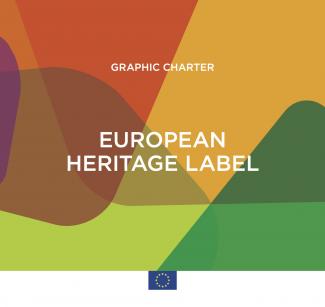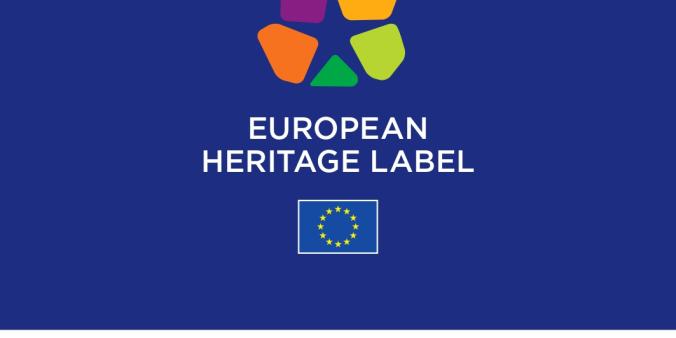
The European Heritage Label (EHL) is awarded to heritage sites of special significance for Europe, European history and culture or for European integration. The label aims to give European citizens, particularly young citizens, a better understanding of the shared European cultural heritage and strengthen their sense of connection with the European Union. It also aims to promote the dialogue between different cultures.
So far, the European Heritage Label has been bestowed on 67 sites throughout Europe. In the Netherlands, these sites are Kamp Westerbork, the Peace Palace, the Maastricht Treaty, the Colonies of Benevolence, and Our Lord in the Attic Museum. DutchCulture is the initiator of the public website for the Dutch locations: Europeeanheritagelabel.eu.
Dutch European Heritage Label sites
The European Heritage Label is managed by the European Commission and is supported through the Creative Europe programme. The EHL Bureau is responsible for the European coordination. Every country participating in the European Heritage Label programme appoints a national coordinator. The coordinator for the Netherlands is Ben de Vries of the Cultural Heritage Agency. Other parties closely involved in the coordination, nomination and communication about the label are the Ministry of Education, Culture and Science, the Council for Culture, and DutchCulture.
Nominations
Several EU member states took the initiative for the European Heritage Label in 2006. The first selection round was held in 2011. New heritage sites are selected for the label every two years.
The deadline for the national pre-selection for the new nomination round for the Netherlands is 1 October 2026. For more information about the European Heritage Label and the nomination procedure, please contact Jacomine Hendrikse, Advisor Europe + Heritage.






